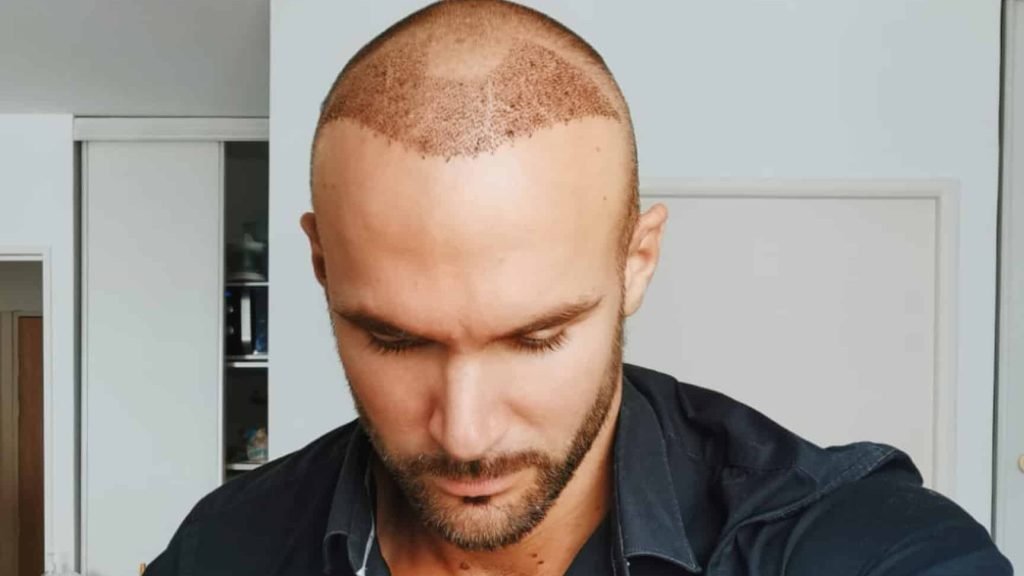
Hair transplants are a frequently used option for people with alopecia, or balding areas on their head. While it may appear to be a complex and unfamiliar process, it’s actually quite a straightforward process. Let’s take a closer look at how hair transplants are done and what you can expect if you decide to undergo this treatment.
The process of having a hair transplant starts with a preliminary consultation. During this meeting, your doctor will assess your situation and evaluate the type of alopecia you have. They’ll then be able to determine the best course of action for moving ahead with the procedure.
The second step is harvesting the grafts. The grafts are the donor hairs from the back of your scalp that will be used in the transplant process. These hairs are usually extracted using a strip method or FUE (Follicular Unit Extraction). Once the hairs have been harvested, they will be processed and prepared for the transplant.
In the following step, your doctor will carefully place the grafts into the prepared areas of your scalp. This will be done using small incisions that are made in the scalp to create the recipient sites. Depending on the size and number of grafts, the transplant process can take several hours to complete.
After the grafts have been placed, it’s important to make sure you take good care of your scalp and the transplanted hairs. The donor area where the grafts were taken from will need to be kept clean and will need to be covered with special bandaging. In addition, your doctor may also suggest things that can further help in the recovery process such as avoiding certain hair care products, taking medications to minimize swelling, and keeping the recipient area clean.
Results from a hair transplant usually become visible within a few months, as the hairs start to take root and grow. It can take up to a year to see the full effects with most people reporting complete success anywhere from 12 to 18 months after the procedure.
It’s important to remember that the success of the transplant varies from person to person. There are many reasons for this, such as the skill of the doctor, the quality of the grafts, or the person’s individual rate of healing. It’s important to have realistic expectations going into the process and to talk to your doctor about all the pros and cons of this procedure.
Taking the time to understand the hair transplant process and knowing what to expect is key to having a successful outcome. The overall process may seem a bit daunting, but familiarizing yourself with it will help you prepare properly and make an informed decision.